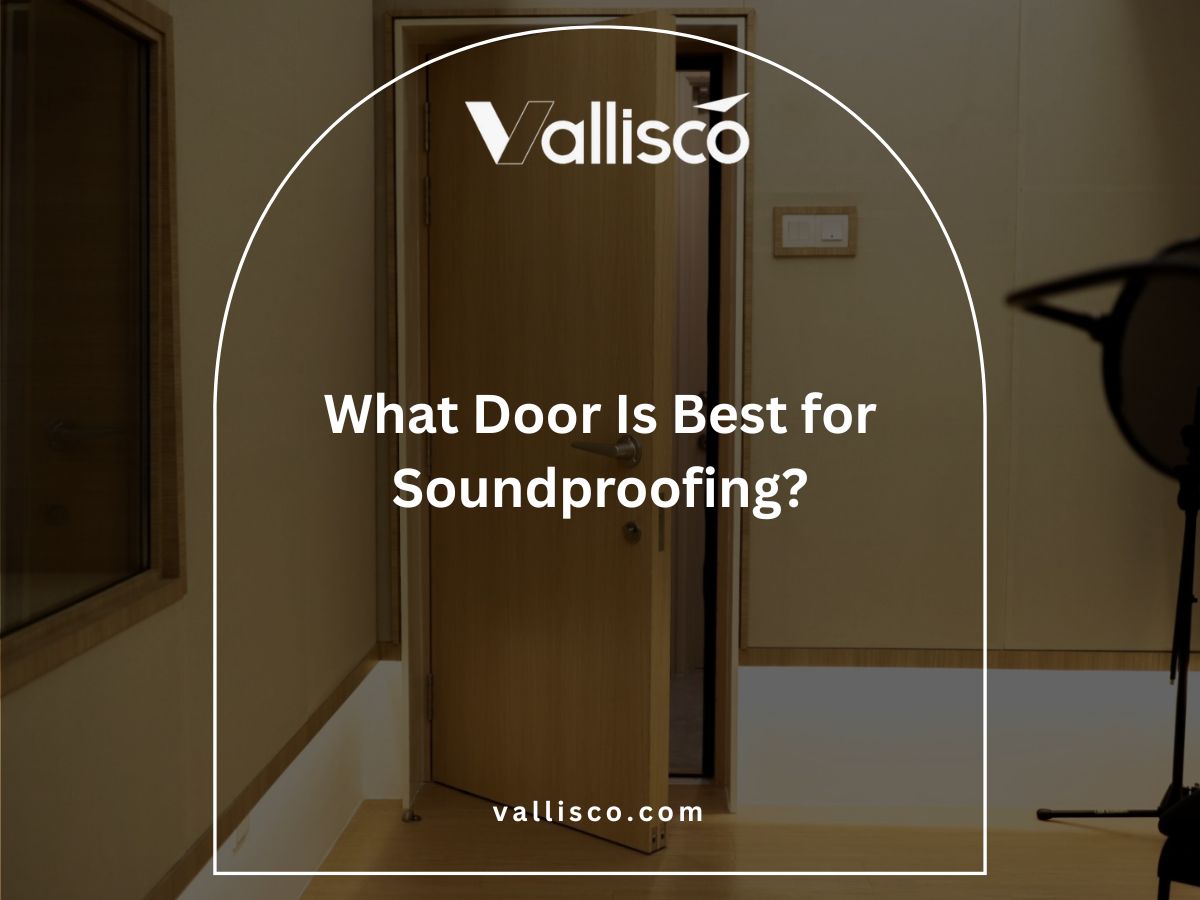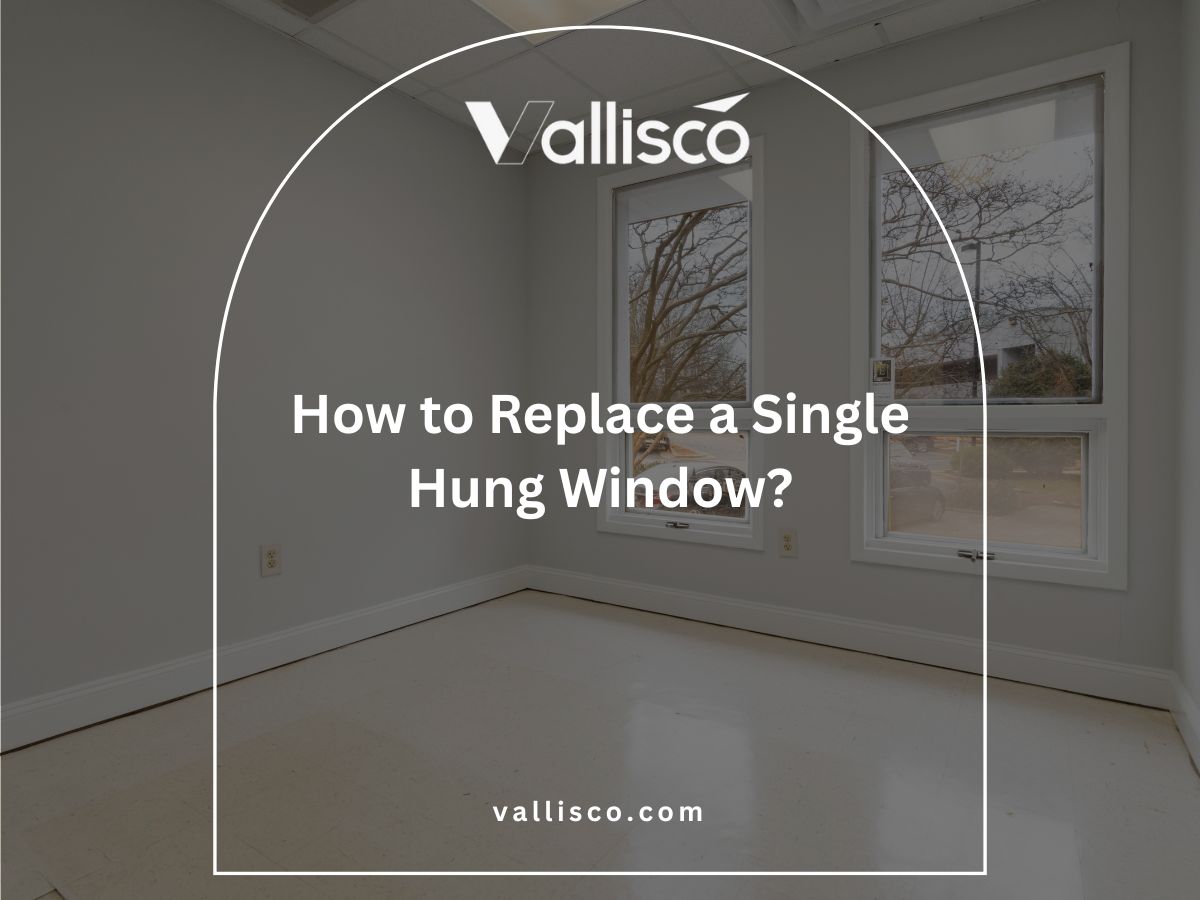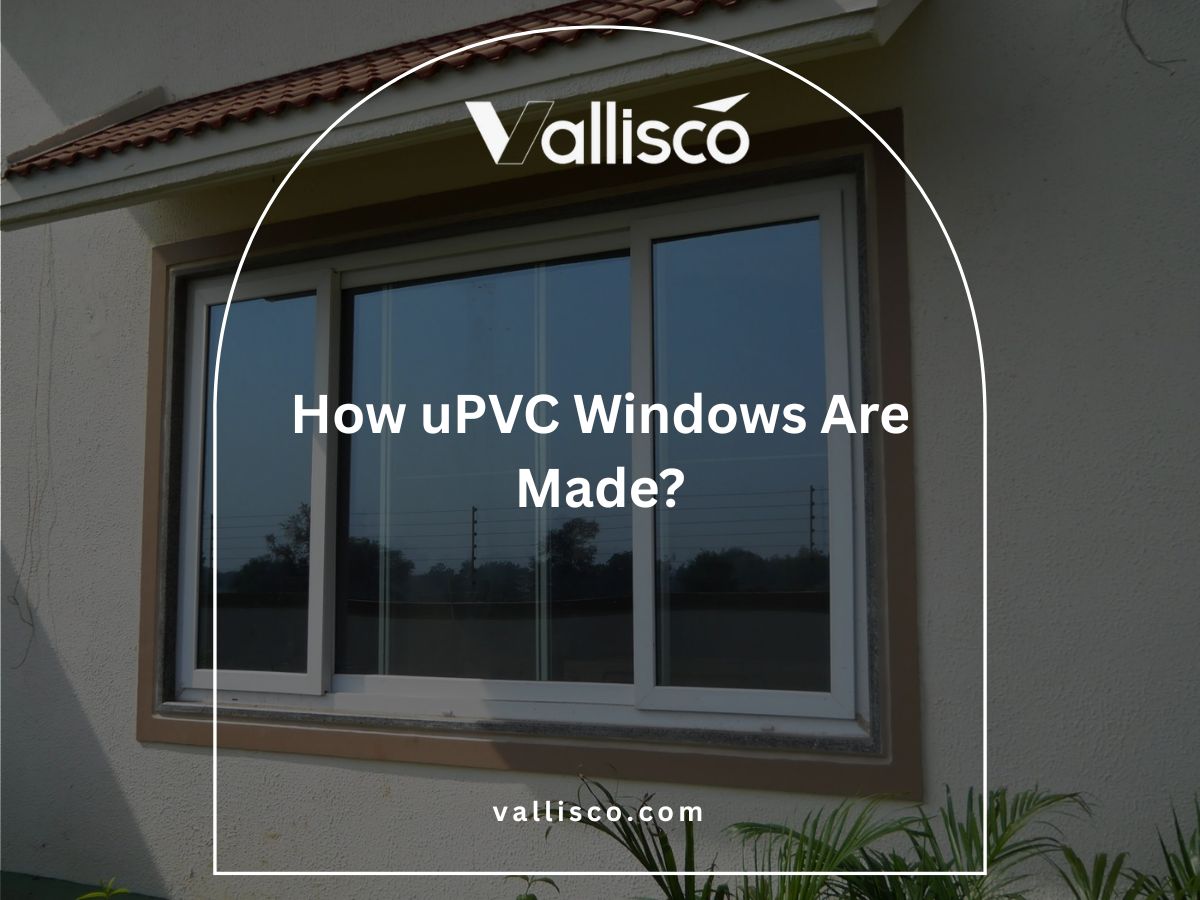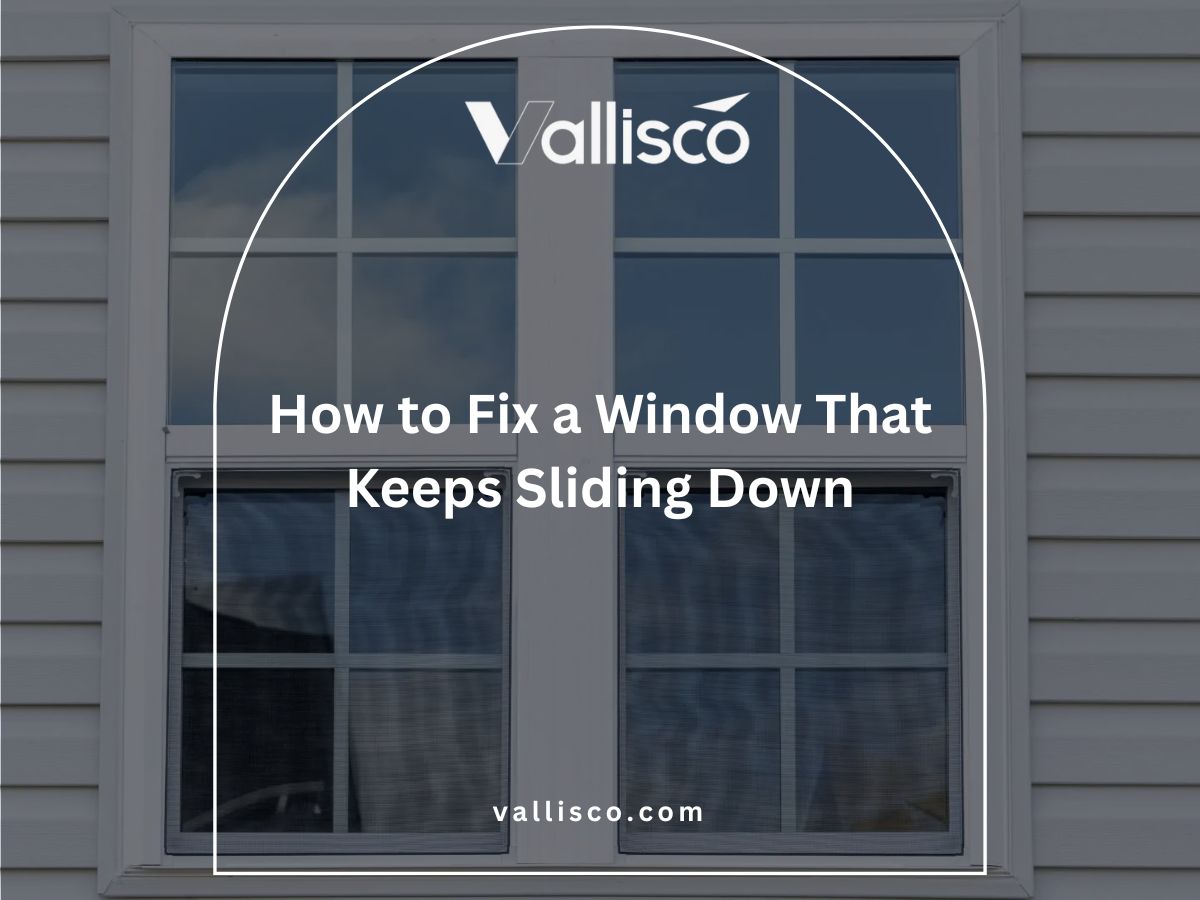When I first started sourcing doors for a client project, I underestimated how complicated it could be. I thought all doors and frames were about the same, until my order caused installation delays.
That was the turning point where I realized choosing right from the start saves money and stress.
After years of sourcing, reviewing, and comparing suppliers, I’ve built a clear framework for what makes a good business decision here. That’s the perspective I’m bringing to you.
This article is your quick buyer’s guide to doors and frames. You’ll learn the basics, the key details that matter, and how to line up your purchase with your company’s needs.
If you’ve ever wanted to skip the trial-and-error, you’re in the right place.
So, let’s get right into it!
1. What Is a Door and Frame System?
A door and frame system is exactly what it sounds like: the complete setup of the door itself plus the frame that supports and secures it. The frame holds the door in place, ensures smooth operation, and adds stability to the entire structure. Together, they form the backbone of any entryway, whether it’s in a home, office, or large commercial project.
I’ve learned over time that a door alone is never the full story. Without the right frame, even the strongest door won’t perform well. Think of them as a team, and you need both working together to get durability, security, and proper fit.
2. Types of House Doors
When it comes to house doors, the options can feel endless. Each type has its own strengths, and the right choice depends on where it will be used and what your project requires. Below, I’ll walk you through the most common types so you can quickly see which one makes the most sense for your business needs.
Wooden Doors
Wooden doors are classic and bring a warm, natural look that works well for residential spaces. They’re sturdy and can be customized with different finishes, stains, or designs. The downside is they can warp or swell if not treated properly, especially in humid environments. For businesses that value aesthetics and tradition, wood is often the go-to choice.
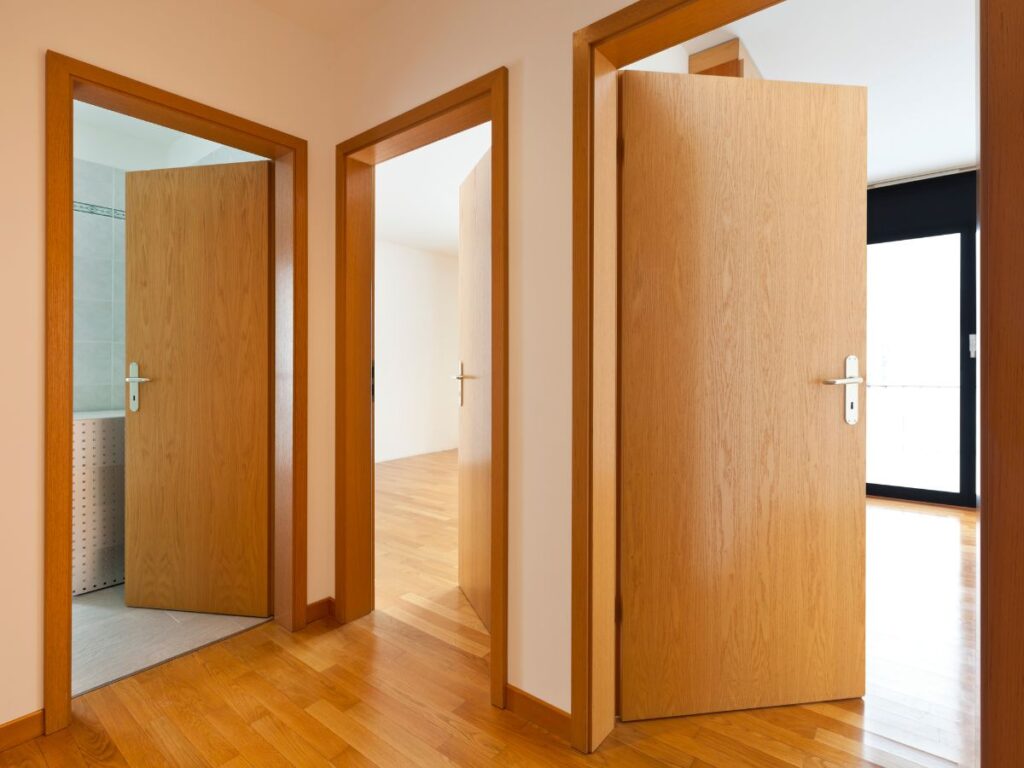
Steel Doors
Steel doors are known for their strength and durability, making them a smart pick for security-focused areas. They resist warping and cracking and can withstand heavy use, which makes them ideal for commercial settings. While they don’t have the natural charm of wood, they can be painted or coated for a clean look. If you want reliability with less maintenance, steel is worth considering.
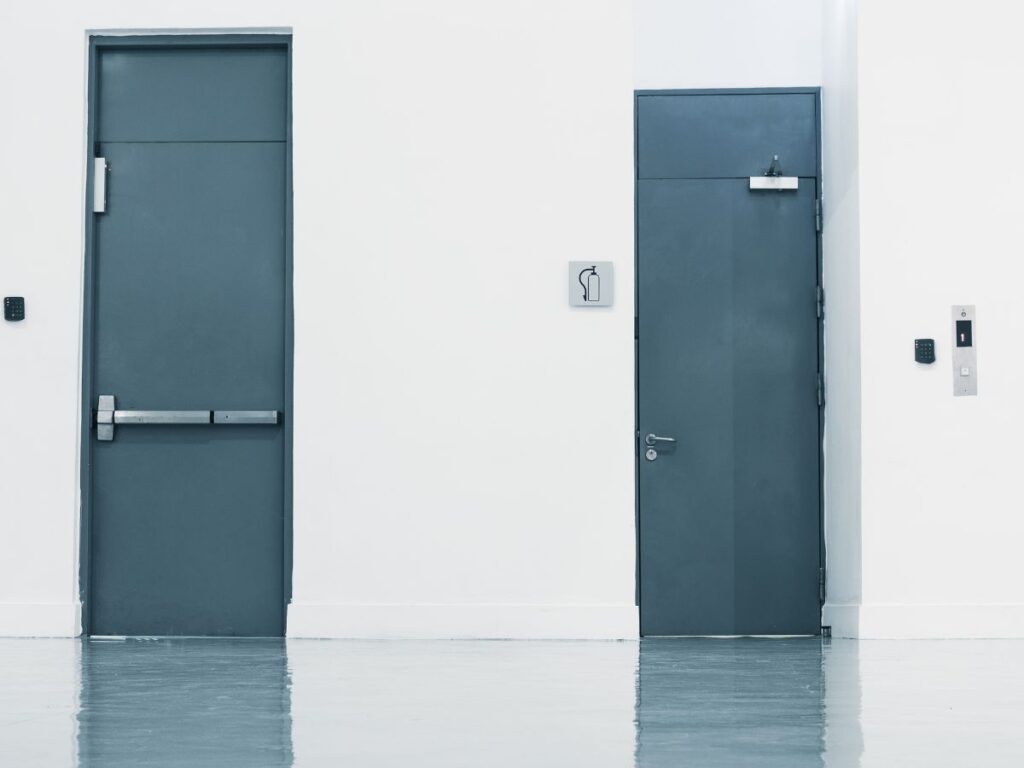
Fiberglass Doors
Fiberglass doors offer the best of both worlds: they can mimic the look of wood while providing durability closer to steel. They’re resistant to dents, scratches, and moisture damage, making them a practical option for long-term use. Vallisco’s doors also tend to be energy efficient, which can save costs over time. For businesses balancing style with performance, fiberglass is a solid investment.
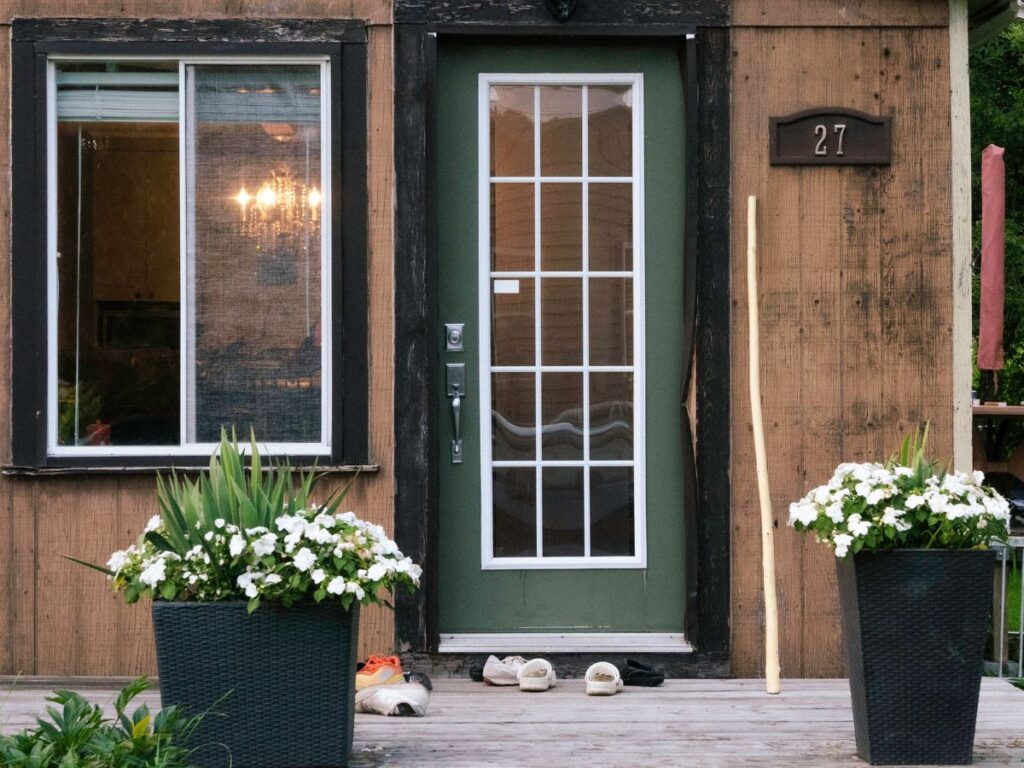
Glass Doors
Glass doors are all about light and openness. They’re commonly used for patios, storefronts, or modern residential builds where natural light is a priority. While they look sleek, they may not provide the same level of security or insulation as other options. Adding reinforced or double-pane glass can help address those concerns. For projects focused on design and visibility, glass doors make a strong statement.
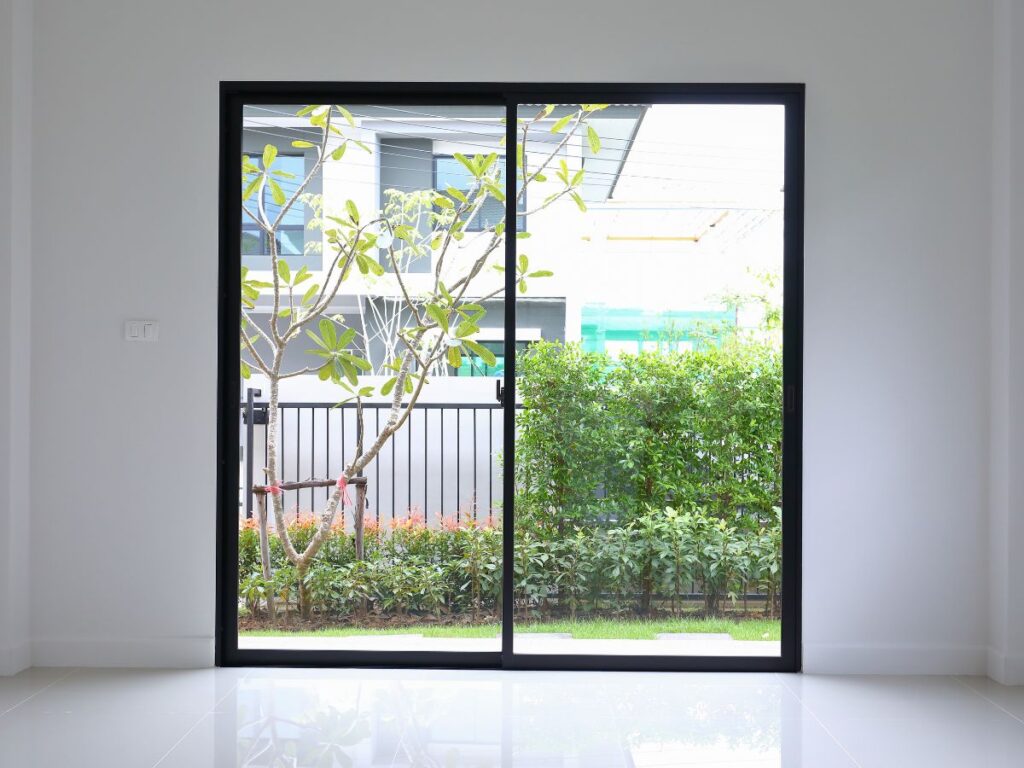
3. Common Frame Materials
I once thought the door was the only thing that mattered. After a project where the wrong frame material caused warping within months, I learned the hard way that the frame can make or break the whole system.
To save you from that same mistake, here’s a quick table showing the most common frame materials, their pros, cons, and best uses.
| Material | Strengths | Limitations | Personal Note | Best For |
| Wood | Classic look, customizable | Warps with moisture, pests | Great look, but needs care. | Homes, traditional builds |
| Steel | Strong, secure, low upkeep | Can rust, heavy | Held up well on my warehouse job. | Commercial, security |
| Aluminum | Light, rust-resistant | Dents, less strong | Works well in coastal areas. | Modern homes, shops |
| Fiberglass | Durable, resists moisture | Higher cost | Loved by clients for low upkeep. | Homes, offices |
| uPVC | Cheap, low maintenance | Limited styles, less durable | Good pick when cost matters most. | Budget projects |
4. Door Hardware Essentials
Even the best door and frame won’t function properly without the right hardware. From hinges to locks, these parts keep everything working smoothly and securely. Here are the essentials every business should consider:
- Hinges: Hinges connect the door to the frame and allow it to swing open and closed. Choosing the right size and strength ensures long-term stability.
- Locks and Latches: These are critical for security and daily use. Different lock types—from deadbolts to mortise locks—offer varying levels of protection.
- Handles and Knobs: Handles and knobs make operation easy and add to the overall design. The right choice also improves accessibility.
- Closers: Door closers ensure the door shuts automatically and safely. They’re especially important for commercial and high-traffic areas.
- Seals and Weatherstripping: These components block drafts, dust, and noise. They also improve energy efficiency and comfort inside the building.
- Kick Plates: Kick plates protect the bottom of the door from scuffs and damage. They’re ideal for busy areas where doors see heavy use.

5. Installation and Maintenance Tips
Even the best door and frame system can fail if it’s not installed or maintained correctly. I’ve seen projects go sideways just because small details were overlooked. These tips will help you keep things on track and ensure long-term performance.
Proper Installation Practices
Start with accurate measurements to avoid alignment issues later. Always use the right tools and hardware recommended by the manufacturer. Make sure the frame is level and square before securing the door, since even a small tilt can cause major problems down the line. Finally, test the door several times before wrapping up the job.
Routine Maintenance
Regular maintenance extends the life of your door system. Check hinges, locks, and closers for wear at least once every few months. Clean the surfaces to prevent dirt buildup, and replace seals or weatherstripping when they start to wear out. A little care now prevents costly repairs later.
Troubleshooting Common Issues
Doors that stick, squeak, or fail to close properly are common but usually easy to fix. Lubricating hinges often solves squeaks, while adjusting the strike plate can fix latch problems. If the door drags on the floor, tightening or adjusting hinges usually does the trick. Tackling these small issues early keeps the system working smoothly.
6. Key Factors to Consider Before Buying
Buying a door and frame system isn’t just about picking what looks good. It’s a business decision that affects cost, safety, and long-term reliability. Here are the key factors you should weigh before making your purchase.
Material Quality
The material you choose will determine how long your door and frame last. Wood offers beauty but needs upkeep, while steel or fiberglass delivers durability with less maintenance. Consider the environment—humidity, temperature changes, or heavy use can all impact performance. Quality materials may cost more upfront, but they save you money in the long run.
Security Needs
Every business has different security requirements. A retail shop may only need basic locks, while a warehouse might call for reinforced steel frames and heavy-duty locks. Assess your risk level before making a decision. The right choice balances protection with practicality.
Budget and Value
It’s easy to focus only on price, but value matters more than the lowest bid. A cheaper frame might lead to higher repair or replacement costs later. Think of your budget as an investment—stronger, longer-lasting options often deliver better returns. Always compare both upfront cost and long-term savings.
Supplier Reliability
Even the best door system can fail if the supplier isn’t dependable. Look for suppliers with proven track records, solid warranties, and responsive customer service. At Valliso, we make delivery, installation, and after-sales support far smoother. Because choosing the right supplier is just as important as choosing the right product.
Conclusion
That project delay I shared at the start taught me one thing: small choices in sourcing can lead to big consequences.
But now you’ve got the tools to avoid those pitfalls. From material selection to supplier trust, everything is in your hands. This article gave you the map; the next step is walking the path.
Don’t let your projects suffer because of overlooked details.
Partner with a manufacturer that gets it right from the start. Contact Vallisco today. The team that knows doors and windows inside out, and give your business the reliable edge it deserves.
Explore Related Resources
Want to see more? We’ve gathered additional product choices to give you even more variety:
Still haven’t found what you’re looking for? Don’t hesitate to contact us. We’re available around the clock to assist you.



